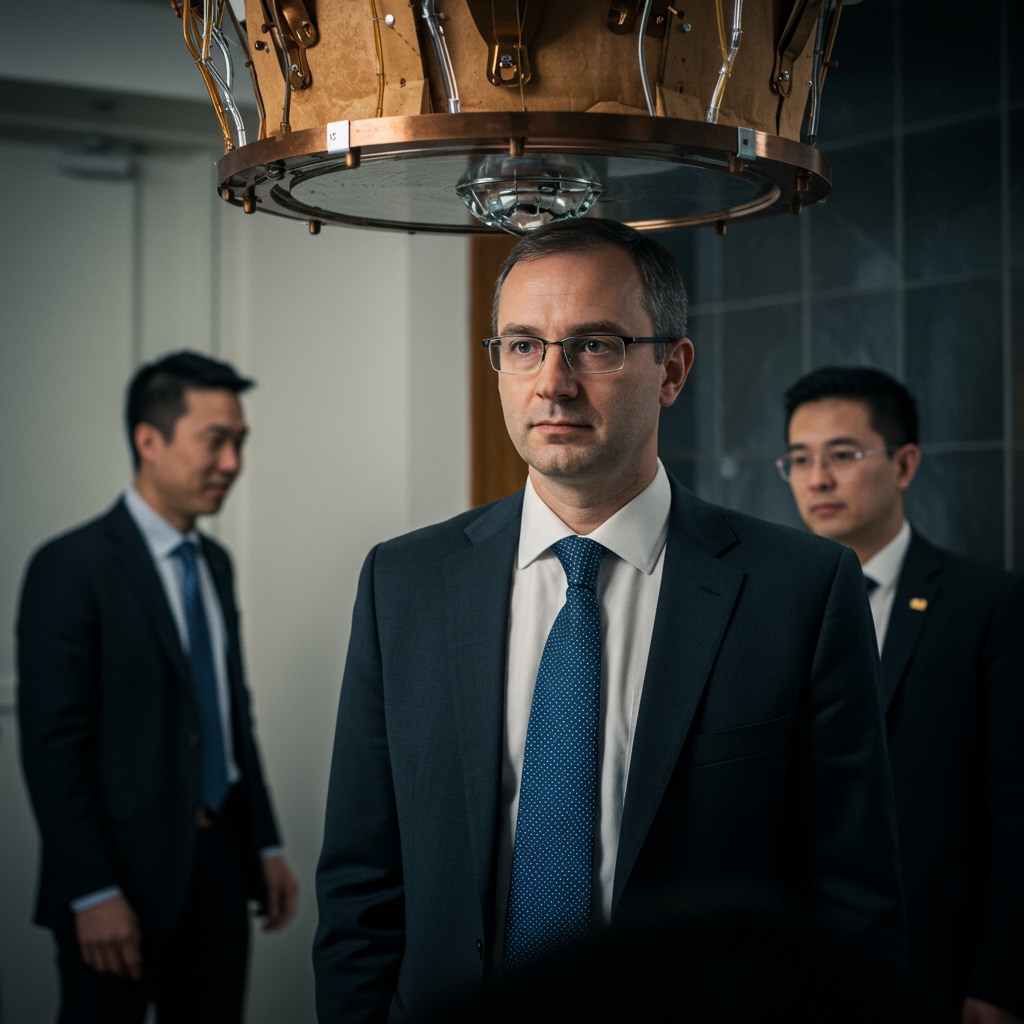Global Consortium Achieves Major Quantum Computing Breakthrough in Qubit Stability
March 22, 2025 – A landmark achievement in the field of quantum computing was announced today by the ‘Qubits Beyond Limits’ consortium, a global research collaboration encompassing leading institutions including MIT, Oxford University, and Japan’s RIKEN institute. On this date, the consortium publicly shared details of a significant advancement in the stability and entanglement fidelity of superconducting qubits, publishing their findings in the prestigious scientific journal, Nature Physics.
This breakthrough addresses one of the most persistent challenges in building practical, large-scale quantum computers: maintaining the fragile quantum states of qubits for long enough to perform complex calculations. The consortium’s paper details a novel method that enabled them to achieve coherence times exceeding an unprecedented 100 microseconds on a 64-qubit processor. Coherence time is a critical metric, representing the duration for which a qubit can reliably hold quantum information before environmental noise causes decoherence, rendering the data unusable. Achieving such extended coherence on a multi-qubit system of this size marks a substantial leap forward.
Superconducting qubits are a promising architecture for quantum computing, utilizing electrical circuits cooled to temperatures near absolute zero to exploit superconducting properties. However, these systems are highly susceptible to noise, which degrades coherence and entanglement – the quantum property that allows qubits to be correlated in ways impossible for classical bits. Enhancing both stability (coherence) and entanglement fidelity (the accuracy of entanglement operations) is paramount for reducing error rates and building fault-tolerant quantum computers.
The Path Towards Fault Tolerance
The development of fault-tolerant quantum computation is widely considered the next major hurdle to unlock the full potential of quantum algorithms. Current quantum processors, often referred to as Noisy Intermediate-Scale Quantum (NISQ) devices, are limited by high error rates. Complex calculations require intricate sequences of operations, and errors accumulate rapidly, constraining the size and depth of algorithms that can be reliably executed. Fault tolerance requires not only lower native error rates but also the ability to implement quantum error correction codes, which distribute logical quantum information across multiple physical qubits.
Error correction protocols demand highly stable qubits with long coherence times and high-fidelity entanglement operations. The ability of the ‘Qubits Beyond Limits’ consortium to maintain coherence exceeding 100 microseconds on a 64-qubit system represents a critical step specifically towards fulfilling these requirements. It demonstrates progress in mitigating the environmental and control noise that plagues larger qubit arrays. While still a complex challenge, extending coherence time significantly reduces the likelihood of errors occurring during the application of quantum gates and error correction circuits, paving a clearer path towards building the necessary quantum infrastructure for fault tolerance.
International Collaboration and Funding
The ‘Qubits Beyond Limits’ consortium exemplifies the power of international collaboration in tackling complex scientific challenges. Bringing together the diverse expertise and resources of institutions like MIT (United States), Oxford University (United Kingdom), and RIKEN (Japan) fosters innovation and accelerates progress that would be difficult for any single entity to achieve alone. Such collaborations are increasingly vital in the global race to develop quantum technologies.
The work conducted by the consortium was supported, in part, by funding from the Global Quantum Initiative. This initiative underscores the strategic importance governments worldwide are placing on advancing quantum information science and technology, recognizing its potential to revolutionize fields ranging from pharmaceuticals and materials science to cryptography and artificial intelligence. Investments from such initiatives are crucial for funding the fundamental research and complex engineering required for breakthroughs like the one announced today.
Implications and Future Outlook
The novel method and the resulting performance metrics detailed in the Nature Physics paper are expected to have a tangible impact on the trajectory of quantum computing development. By demonstrating enhanced qubit stability and entanglement fidelity on a processor of this size, the consortium has provided valuable insights and potentially new design principles for future quantum hardware.
This milestone is anticipated to accelerate the development of practical quantum algorithms and hardware within the next 18 to 24 months. Longer coherence times mean that more computational steps can be performed before errors corrupt the result, making existing and new quantum algorithms more feasible on near-term devices. Furthermore, the lessons learned from developing the novel method and engineering the 64-qubit system are invaluable for scaling up to larger, more robust quantum processors. The ‘Qubits Beyond Limits’ consortium’s achievement brings the world significantly closer to realizing the transformative potential of fault-tolerant quantum computation.





